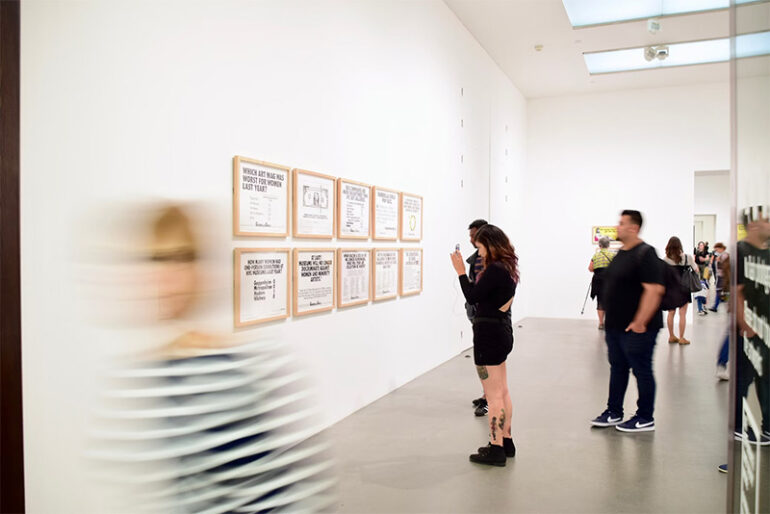Long grabbing the public’s attention, art theft exposes not just the value of cultural treasures but also the daring and guile of those seeking to claim them. From the Mona Lisa theft in 1911 to the infamous Isabella Stewart Gardner Museum robbery, these incidents show a unique intersection of crime and artistry. Reflecting a varied story of ambition, desperation, and the hunt for recognition, every robbery leaves a legacy of mystery and unresolved problems still relevant in the art world and beyond.
The Theft of the Mona Lisa
One of the most well-known art thefts was in 1911 when Italian handyman Vincenzo Peruggia stole the renowned Louvre painting. Having been bought by Napoleon, Peruggia felt the artwork belonged in Italy. He kept his Mona Lisa secret in his apartment for over two years before attempting to sell it to a Florence gallery. The episode drew attention from all around and set off a massive hunt. After Peruggia was finally caught, the picture was taken back to the Louvre, where it is still among the most prized works of art in the world drawing millions of visitors annually.
The Isabella Stewart Gardner Museum Heist
Entering the Boston Isabella Stewart Gardner Museum in 1990, two guys posing as police agents started one of the largest art theft in history. Over 81 minutes, they pilfers 13 objects valued more than $500 million, including works by Vermeer and Rembrandt. The audacious crime stunned the museum, and even after years of search, the missing artwork have never been located. Still a horrible reminder of the crime; the empty frames hang in their natural locations. Since it inspires thoughts and theories, this unresolved riddle still captivates researchers as well as artists.
The Theft of Van Gogh’s Poppy Flowers
Two Vincent van Gogh paintings—including the well-known “Poppy Flowers—were pilfers from the Van Gogh Museum in Amsterdam, 2008. The episode happened during a clear early morning break-in when attackers ascended a ladder to get inside the building. Lack of protection let them escape with priceless artwork valued millions of dollars. Years of persistent searches and investigations notwithstanding asked questions about their destiny, the components disappeared. The occurrence raised awareness of flaws in museum security and inspired a new focus on cultural legacy since art lovers yearned for the complete restoration of these artworks to their natural surroundings.
The Hatton Garden Safe Deposit Company Heist
Over Easter weekend in 2015, a group of elderly criminals executed a well planned theft at the Hatton Garden Safe Deposit Company in London. Drilling through a two-meter-thick concrete wall, they entered the vault invisible. Once inside, over two days they pilfers estimated £14 million worth of diamonds, money, and other valuables. The audacity of the crime shocked the public given the age of the offenders—some of them were in their seventies. Law enforcement finally apprehended some gang members, but most of the pilfers vanished still.
These well-publicized art and crime events highlight not just the audacity of those attempting to pilfers cultural treasures but also the ongoing challenges institutions face in preserving their collections. Every incident serves as a warning tale, which drives museums and galleries to examine their security protocols in order to stop next theft. These pilfers of artworks captivate public imagination even now since they ensure the survival of the mythology around them even as the puzzle of their recovery remains an interesting challenge.
Photo Attribution:
1st & featured image by https://unsplash.com/photos/three-men-and-woman-standing-while-looking-at-bulletin-board-Oqv_bQbZgS8
2nd image by https://commons.wikimedia.org/wiki/File:Hatton_Garden_Safe_Deposit_Ltd.jpg

